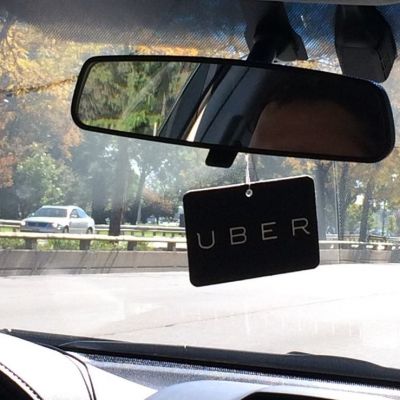During 2018, the Equal Employment Opportunity Commission filed 2,274 charges for employment discrimination in Ohio. Far more workers and job applicants suffered…
Yes, you can generally file a personal injury claim if a rideshare driver causes a traffic accident that injures you….


